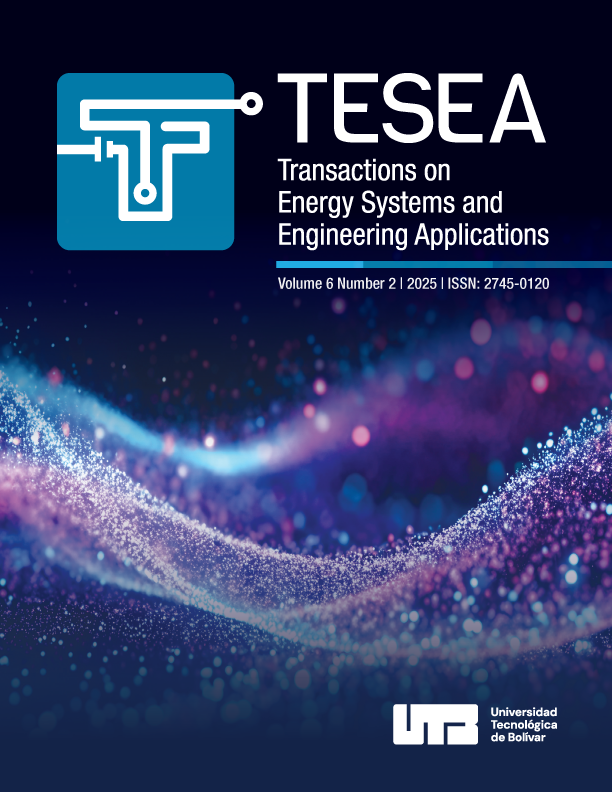Experimental spray characterization of pyrolysis oil-diesel blend by effervescent atomization using high speed imaging
DOI:
https://doi.org/10.32397/tesea.vol6.n2.663Keywords:
Pyrolysis, Polypropylene, Activation energy, kinetic parameters, diesel blending, Effervescent atomizationAbstract
The utilization of plastic in everyday life has significantly increased due to its affordability, durability, versatility, lightweight, and hardness. However, the non-biodegradable nature of plastic has led to environmental pollution. Hence, this research focused on converting plastic waste into useful renewable energy through an environmentally friendly process. Specifically, the decomposition of polypropylene waste from PPE kits, which contains a high proportion of polypropylene plastic, was investigated. Proximate, ultimate and TGA analyses were conducted to understand the chemical composition and the decomposition temperature of polypropylene. The activation energy and kinetic parameters of decomposition were calculated using three different methods: Kissinger-Akahira-Sunose (KAS), Ozawa-Flynn-Wall (OFW), and Starink model, yielding values in the range of 175 to 190 kJ/mol. The pyrolysis of polypropylene resulted in an oil yield of 31.1 percentage. The collected oil was analyzed using FTIR Spectroscopy. Furthermore, blending of pyrolyzed oil with diesel was carried out and assessed for fuel properties, which were compared to diesel properties. To characterize the spray of the biodiesel blend, an effervescent atomizer was fabricated, and stability variables were extracted from flow visualization using a high-speed camera. Therefore, it was concluded the decomposition of polypropylene plastic waste offers an opportunity to extract pyrolyzed oil, which can be blended with diesel for combustion by achieving fine sprays using an atomizer. This study can be further extended to investigate the development of new kind of atomizers to disintegrate the pyrolytic blend diesel oil. This study will also assist to examine breakup morphology and spray characterization using high speed imaging techniques.
Downloads
Downloads
Published
How to Cite
Issue
Section
License
Copyright (c) 2025 Sai Karthik P, Tamilarasan N, Balaji Kalaiarasu, Sakthivel R, Rameshkumar K A, Maadeswaran P

This work is licensed under a Creative Commons Attribution 4.0 International License.
Authors retain copyright and grant the journal right of first publication with the work simultaneously licensed under a Creative Commons Attribution 4.0 International License, which allows others to share the work with an acknowledgment of the work's authorship and initial publication in this journal.
















